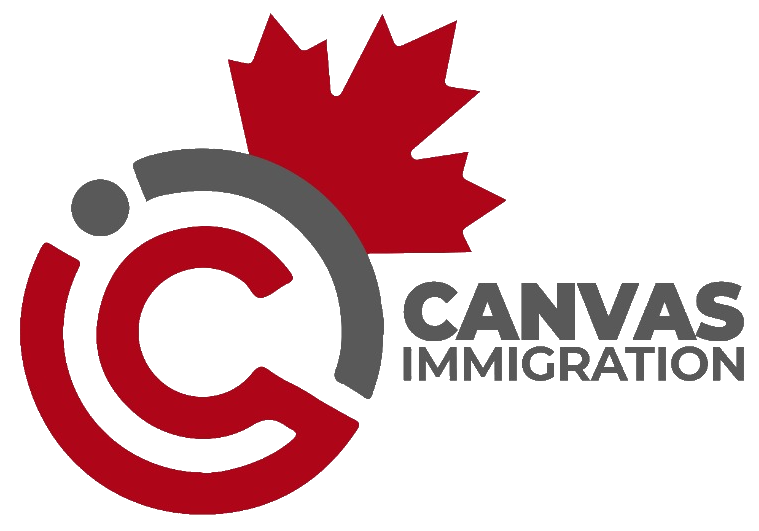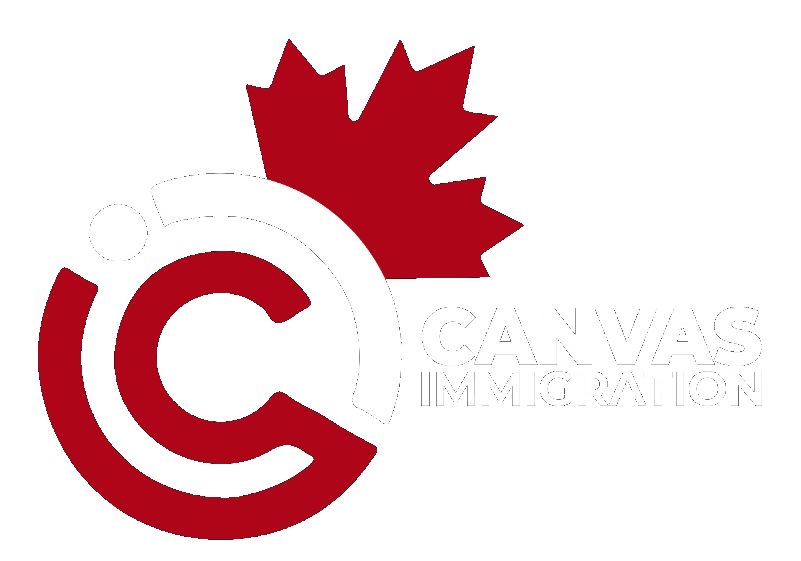Last Updated On 20 May 2025, 8:36 AM EDT (Toronto Time)
Canada’s immigration system, once a global model of efficiency and compassion, is buckling under unprecedented delays that are upending lives and livelihoods.
Temporary residents face agonizing wait times for visa extensions, permanent residency applicants endure years of uncertainty, and families are torn apart by prolonged spousal sponsorship processes.
Adding fuel to the fire, Employment and Social Development Canada (ESDC) is grappling with significant delays in processing Labour Market Impact Assessments (LMIAs), critical for hiring foreign workers.
Compounding these issues, Immigration, Refugees, and Citizenship Canada (IRCC) announced 3,300 job cuts in January 2025, which could also be an exacerbating factor to these slowdowns.
The Canadian government seems to be subtly pushing temporary residents to leave voluntarily, which has sparked a debate over Canada’s immigration priorities.
This article explores the human toll of these delays, the systemic failures driving them, and the broader implications for Canada’s economy and global reputation.
Table of Contents
As of March 31, 2025, IRCC’s inventory held 1,976,700 applications across citizenship, permanent residency, and temporary residency categories, down slightly from February’s 2,029,400 but still overwhelming.
The backlog—applications exceeding IRCC’s standard processing times—remains a stubborn challenge.
Temporary residents face their hurdles: visitor visa extensions require an average of 169 days, study permit extensions 234 days, and work permit extensions a staggering 237 days as of May 13, 2025, as per the official IRCC processing update.
| Inside Canada Application Type | May 13, 2025 | April 30, 2025 | March 26, 2025 |
| Spousal Sponsorship, Except Quebec | 29 months | 24 months | 24 months |
| Spousal Sponsorship For Quebec | 36 months | 36 months | 35 months |
| Inland Visitor Visa or TRV | 23 days | 17 days | 15 days |
| Visitor Visa Extension or Visitor Record | 169 days | 140 days | 125 days |
| Study Permit | 5 weeks | 4 weeks | 3 weeks |
| Study Permit Extension | 234 days | 220 days | 116 days |
| Work Permit and Extensions | 237 days | 227 days | 115 days |
Meanwhile, ESDC’s LMIA processing times are adding to the strain.
As of April 2025, high-wage and low-wage LMIA streams take 61 business days on average, while the Permanent Residence Stream for supporting foreign workers’ PR applications takes up to 214 business days—over seven months.
These delays, driven by high application volumes and complex assessments, are disrupting employers’ hiring plans and leaving foreign workers in limbo.
Not only this, inside Canada, spousal sponsorship applications (outside Quebec) now take an average of 29 months, up from 24 months in March 2025, while Quebec’s wait stretches to an average of 36 months.
For temporary residents—international students, workers, and visitors—the prolonged wait times for visa extensions are creating a precarious existence.
International students, who contribute $22 billion annually to Canada’s economy, face 234-day waits for study permit extensions, risking their legal status and academic progress.
Temporary workers, vital to sectors like healthcare and agriculture, endure 237-day delays for work permit extensions, threatening their financial stability.
Visitor visa extensions, now at 169 days, leave tourists and family visitors unable to plan their futures.
Not only this, application outcome is not guaranteed so one can imagine around 6 months of uncertainty regarding whether IRCC will approve or reject their request.
The government’s apparent strategy of encouraging voluntary departures through prolonged uncertainty is drawing criticism.
By delaying extensions, Canada risks losing genuine talent and economic contributions from those who can no longer afford to wait.
The LMIA process, managed by ESDC, is a critical step for employers seeking to hire foreign workers through the Temporary Foreign Worker Program (TFWP).
A positive LMIA confirms that no Canadian citizen or permanent resident is unavailable to fill a job, allowing the worker to apply for a work permit.
However, processing times have ballooned. As of December 2024, high-wage and low-wage streams take 61 business days, down slightly from earlier estimates but still a significant hurdle.
The Global Talent Stream, designed for tech and innovation roles, remains faster at 8 business days, but the Permanent Residence Stream lags at 214 business days.
These delays stem from high application volumes, complex assessments, and seasonal demand, particularly in agriculture.
For example, low-wage positions face additional scrutiny in regions with high unemployment, extending processing times to 53 business days or more.
Employers must submit detailed proof of recruitment efforts, job descriptions, and wage standards, and incomplete applications can trigger further delays.
The impact is profound. Employers, especially those in labour-short sectors like healthcare and construction, struggle to fill critical roles.
Foreign workers, meanwhile, risk losing job offers or falling out of status while awaiting LMIA approval.
On top of these times, add 237 days of work permit processing once LMIA is approved.
This mismatch is forcing some workers to leave Canada, aligning with the government’s apparent push for voluntary departures.
Canada’s 2025–2027 Immigration Levels Plan targets 395,000 permanent residents in 2025, prioritizing economic immigrants and provincial nominees.
However, caps on study permits (550,162 in 2025) and an unprecedented pause in Express Entry draws from March 21 to May 2025 signal a tightening of pathways for temporary residents.
Immigration experts suggest that prolonged wait times, including for LMIAs, are a deliberate tactic to reduce the temporary resident population.
By creating uncertainty, the government may be pushing students, workers, and visitors to return home rather than endure months of limbo.
The human toll of the crisis is perhaps most evident in spousal sponsorship delays.
Canadian citizens and permanent residents sponsoring their spouses face wait times of 29 months (outside Quebec) and 36 months (in Quebec), up from 24 and 35 months in March 2025.
These delays are tearing families apart, with many enduring years of separation.
A Cape Breton resident, quoted by CTV News, expressed despair after his Iranian spouse’s visa was denied: “All I want is to start a family.”
Such stories underscore the emotional and financial strain of prolonged waits.
Quebec’s additional provincial requirements exacerbate delays, leaving families to navigate costly legal battles or temporary visits that offer little stability.
The backlog for spousal sponsorships, classified as applications exceeding 12 months, highlights a system struggling to uphold Canada’s commitment to family reunification.
Canada’s immigration crisis—marked by soaring wait times for visas, LMIAs, and spousal sponsorships—is testing the nation’s values and economic resilience.
The IRCC’s 3,300 job cuts, ESDC’s LMIA delays, and the government’s push for temporary residents to leave are creating a perfect storm of uncertainty.
For students, workers, employers, and families, the stakes are deeply personal.
As Canada navigates its 2025–2027 Immigration Levels Plan, it must balance economic priorities with its humanitarian legacy.
How many temporary residents are there in Canada now?
A total of 3,020,936 non-permanent residents are reported at the end of the first quarter of 2025, the first time noting a reduction in the temporary resident population on a quarterly basis.
However, this number is still significantly higher than the 2,729,771 reported at the end of the first quarter of 2024.
What is considered a temporary resident in Canada?
A temporary resident is a person who is not a Canadian citizen or permanent resident but is authorized to enter and stay in Canada for a limited period of time.
Kamal Deep Singh, RCIC
Something went wrong. Please refresh the page and/or try again.
You may also like: New GST Payment Increase In Canada Effective July 2025
7 Part Time Jobs In Canada That Are Easily Available Now
New Canada Child Benefit Payment To Be Sent On May 20
5 New CRA Benefit Payments Coming For Ontario Residents In May 2025

